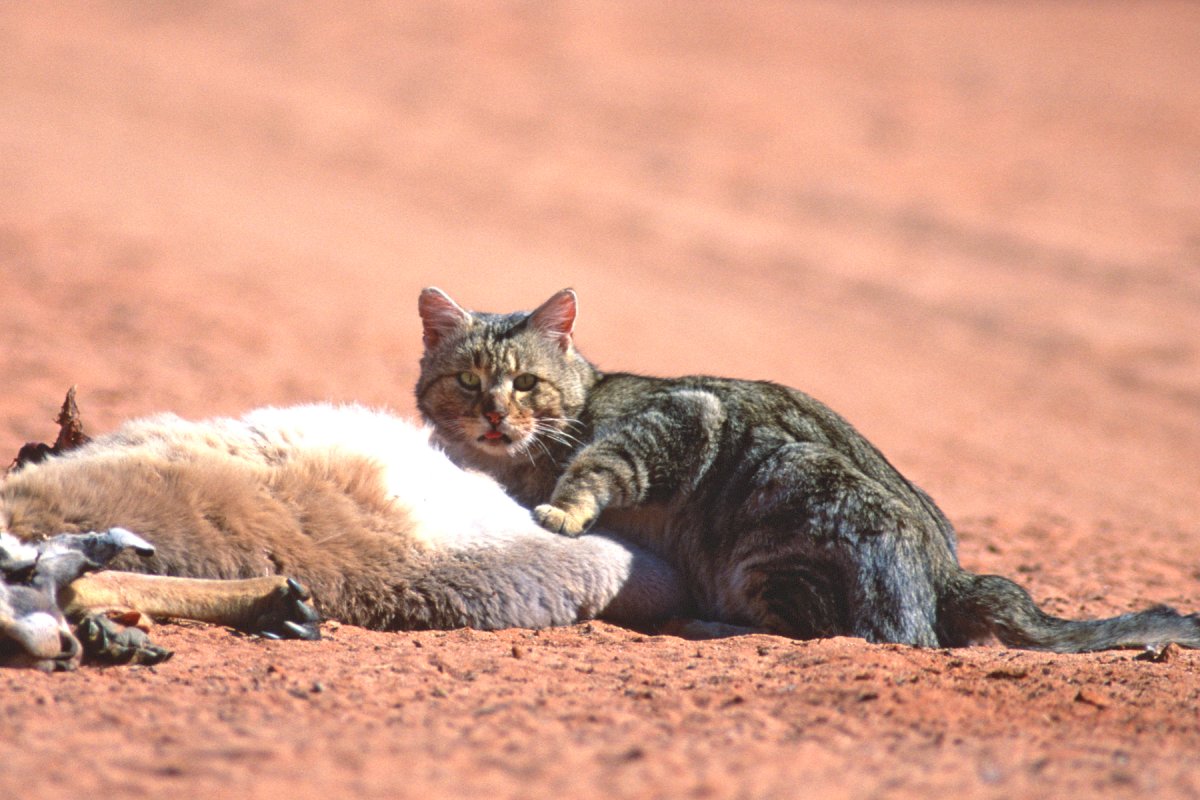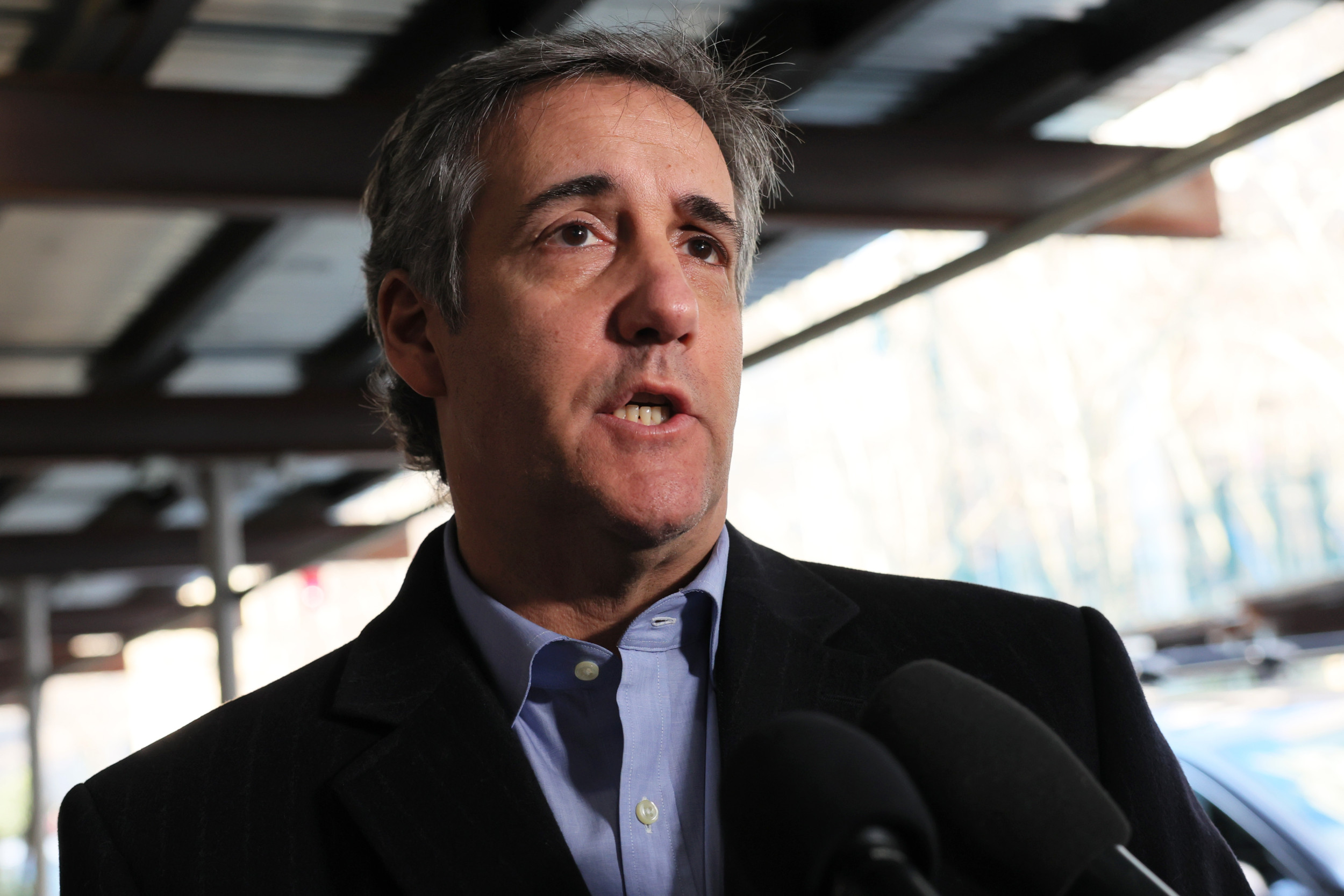Hordes of feral cats terrorizing native species in Australia could be combatted using a special type of genetic engineering, scientists have suggested.
The cats, which came to Australia via European colonizers, regularly kill native mammals, birds, and reptiles, including woylies, quolls, and even penguins.
The feral cats now number over six million, and are responsible for the extinction of at least 28 species across the country, threatening countless more. This has spurred numerous control measures to be announced, including poison, trapping, and cat curfews.
In an article for Australia's ABC Science, postdoctoral research fellow Ellen Cottingham of the University of Melbourne suggested using something called a "gene drive" to control the population of these furry fiends.

"Gene drives literally 'drive' modified genes through a species by ensuring they are inherited from generation to generation, eventually resulting in the whole species having engineered genetic traits," Andrew D. Maynard, a professor of Advanced Technology Transitions at Arizona State University, told Newsweek. "It's a technique that is specific to species that mate and reproduce sexually, and works by ensuring that engineered genetic traits are inherited by every single offspring resulting from mating."
The genes are passed to all offspring, rather than only a few as with normal genetic traits like eye color. This can ensure that a particular gene is rapidly passed around a population, which can be useful to deal with invasive species, as this gene may sterilize or otherwise limit the growth of the species.
"Depending on which genetic traits are introduced to the species, these can either change key attributes of the species (for instance in the case of something like mosquitoes, altering a whole species so that they can no longer act as a carrier for malaria), or they can cause the species to "crash" and eventually become extinct — for instance by ensuring that every member of the next generation is sterile," Maynard said.
This is done using CRISPR gene editing, which cuts specific genes in an organism's genetic code and replaces them with another.
"In addition, an additional piece of DNA coding is added that continues this search and replace process across the DNA in any offspring. It's like embedding a small genetic algorithm in offspring that's constantly on the lookout for genetic sequences to be replaced," Maynard said.
"The result of this is that, when two organisms (animals in the case of feral cats) mate and one of them has the gene drive edits, the DNA search and replace algorithm will ensure that all offspring inherit the modified genes—rather than just half of them, which would normally be the case."
"In this way, the modified genes are 'driven' through each subsequent generation, and eventually lead to the whole species being genetically modified—or eradicated, if the inherited genes make them sterile," Maynard said.

This technology has been tested in mosquitos, limiting their ability to carry malaria. Mice were successfully given a gene drive in 2019, but since then, no other mammals have successfully been modified.
There are many critics of this approach to invasive species, with concerns including that the gene could spread to important nontarget species, or even give the target species unexpected advantages, making them harder to eradicate. Therefore, before any gene drive makes it into the wild, years of testing and research would be required to ensure it doesn't go awry.
Additionally, Cottingham notes that current estimates of how long it will take for a gene drive to make an impact on an invasive population are not optimistic, predicting decades even for very fecund species. In rabbits, for example, a gene drive would take 17 years to half the population in Australia.
For now, Australia's feral cats are safe from gene drives, but will face everything else that Australia can throw at them to protect their native wildlife.
Do you have a tip on a science story that Newsweek should be covering? Do you have a question about invasive species? Let us know via science@newsweek.com.
Uncommon Knowledge
Newsweek is committed to challenging conventional wisdom and finding connections in the search for common ground.
Newsweek is committed to challenging conventional wisdom and finding connections in the search for common ground.
About the writer
Jess Thomson is a Newsweek Science Reporter based in London UK. Her focus is reporting on science, technology and healthcare. ... Read more
To read how Newsweek uses AI as a newsroom tool, Click here.






